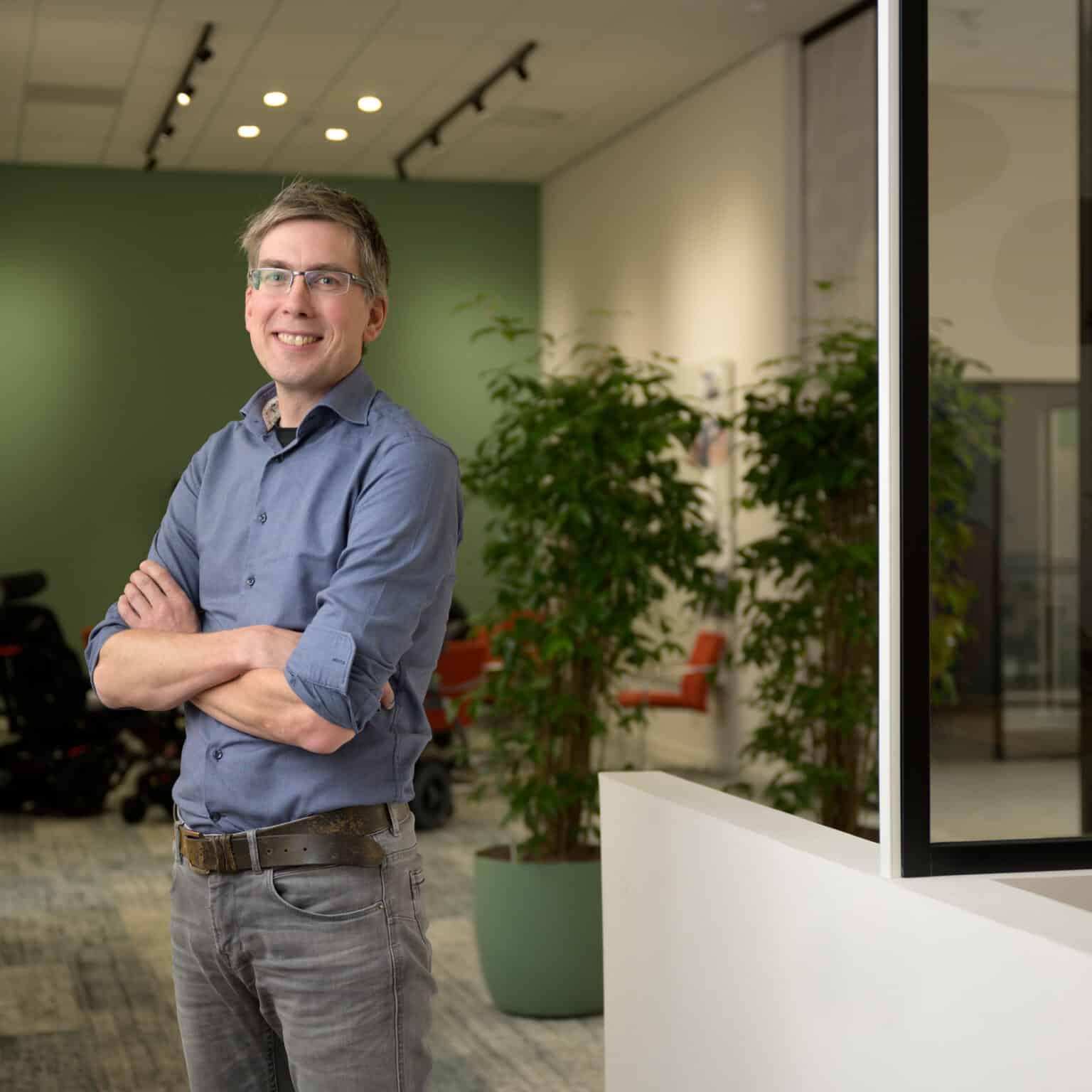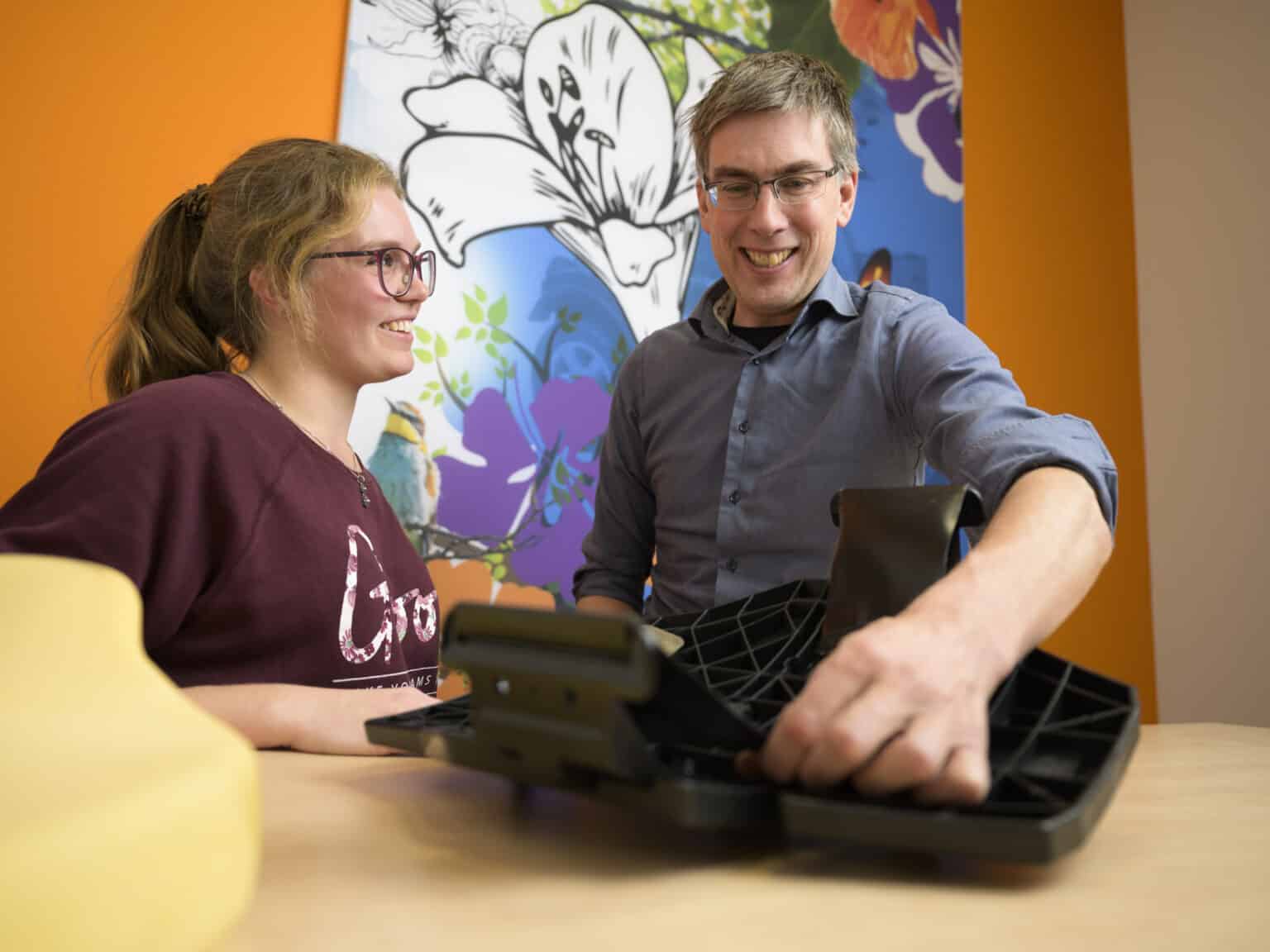Harmen Leskens about circularity
A circular economy by 2050, that is the ambition of the Dutch government. And that means that all Dutch producers must manufacture their products in such a way that new products can be made from them after use. The market for wheelchairs is at the forefront of this, says Harmen Leskens, CTO at Life & Mobility. “When it comes to circularity, we work closely with all partners in the chain. We are almost one big organization.”
As CTO, Harmen is responsible for the technical branch within Life & Mobility. “In practice, this means that I am involved in product management, product development, marketing communication, and CSR. That is why I am closely involved in everything related to circularity.” And that is quite a lot. Because in the Dutch market for wheelchairs, a very high percentage is reused, no less than 85 percent. “That is extremely high compared to other countries,” explains Harmen.
Intensive collaboration
How is it that the Netherlands scores so high in terms of reuse? Because in the Netherlands, we work based on a system that extends the lifespan of wheelchairs as long as possible. “A wheelchair lasts up to twenty years here. The average usage period of a user is seven months, which means that each chair has 25 users. To achieve that, all partners in the chain must collaborate closely with each other. The chairs are paid for by the health insurers, from our tax money. They set requirements for the depot holders, where all unused chairs are stored. For example, that the entire stock can have a maximum of ten percent new chairs and thus ninety percent reused. To meet that, the depot holder must work with the manufacturer, which is us. We have to manufacture the chairs in such a way that they are useful for multiple users for a longer period.”
75 percent CO2 reduction
Product development with a focus on reuse. A great example of this is the Newton seating system. “Circularity was taken as the starting point from phase one of developing this system. The upholstery and cushions have a relatively short lifespan for hygienic reasons. However, the plastic shell lasts much longer. Since all components have different lifespans, the system must be designed in such a way that each part can be easily removed and replaced, and the system as a whole lasts longer. This results in a significant CO2 reduction of up to 75 percent.”
That’s our ambition
Circular production also means investing more in quality. “The higher the quality, the longer the lifespan and the more something can be reused. These higher quality standards cost money in the short term. But in the long term, it offers many financial benefits because you produce less. Our government is willing to invest in this system, but in many other countries, that is not the case. They look at our country with envy. We would like to roll out this system abroad, perhaps by stepping forward as an investor ourselves. Our ambition lies there. This article can be a nice first step towards that.”





